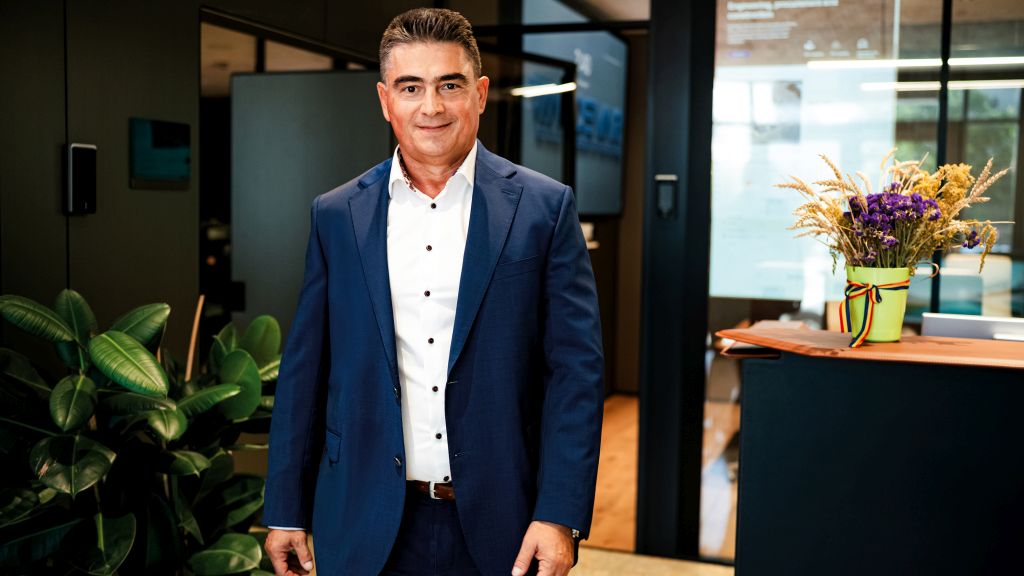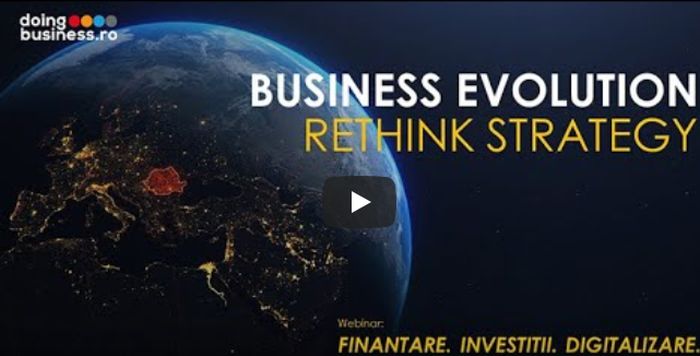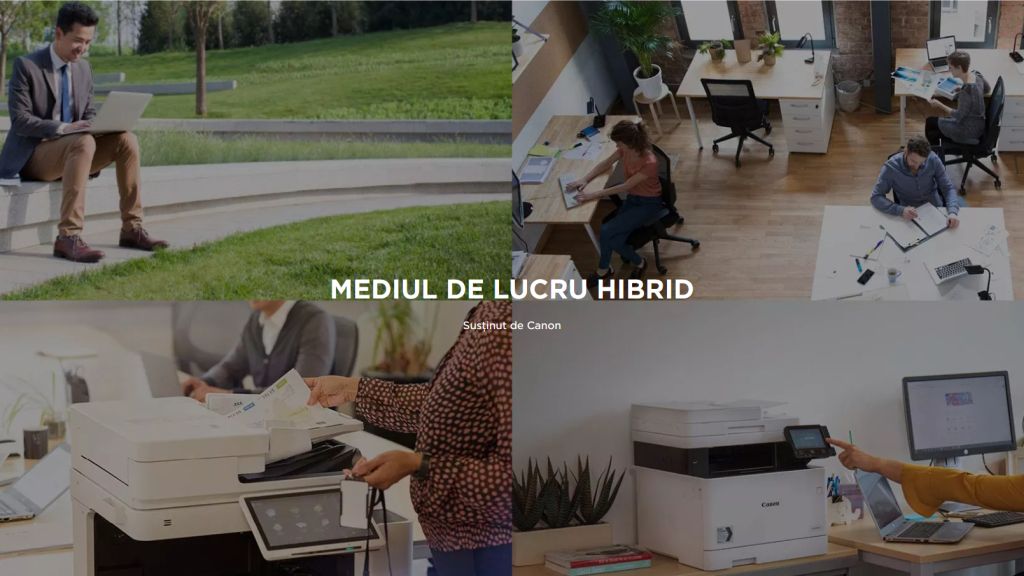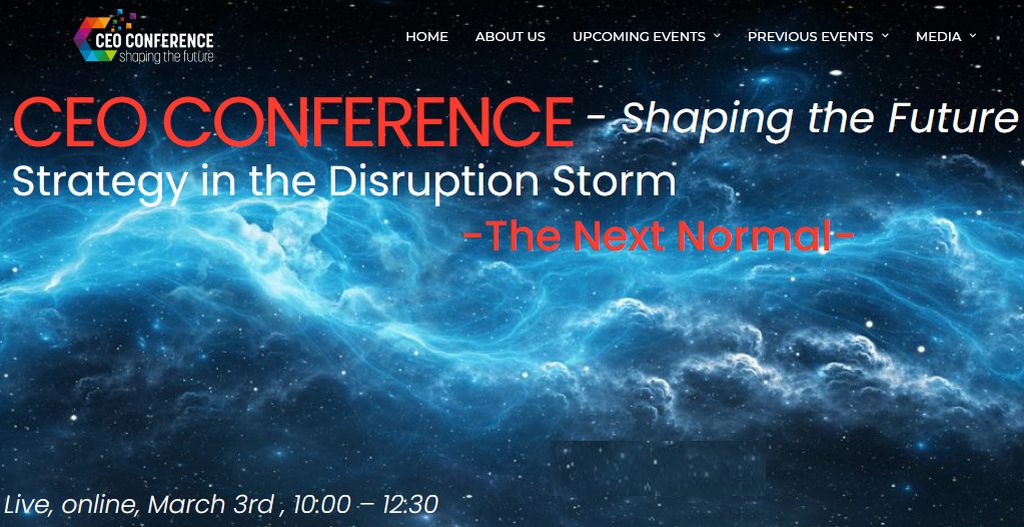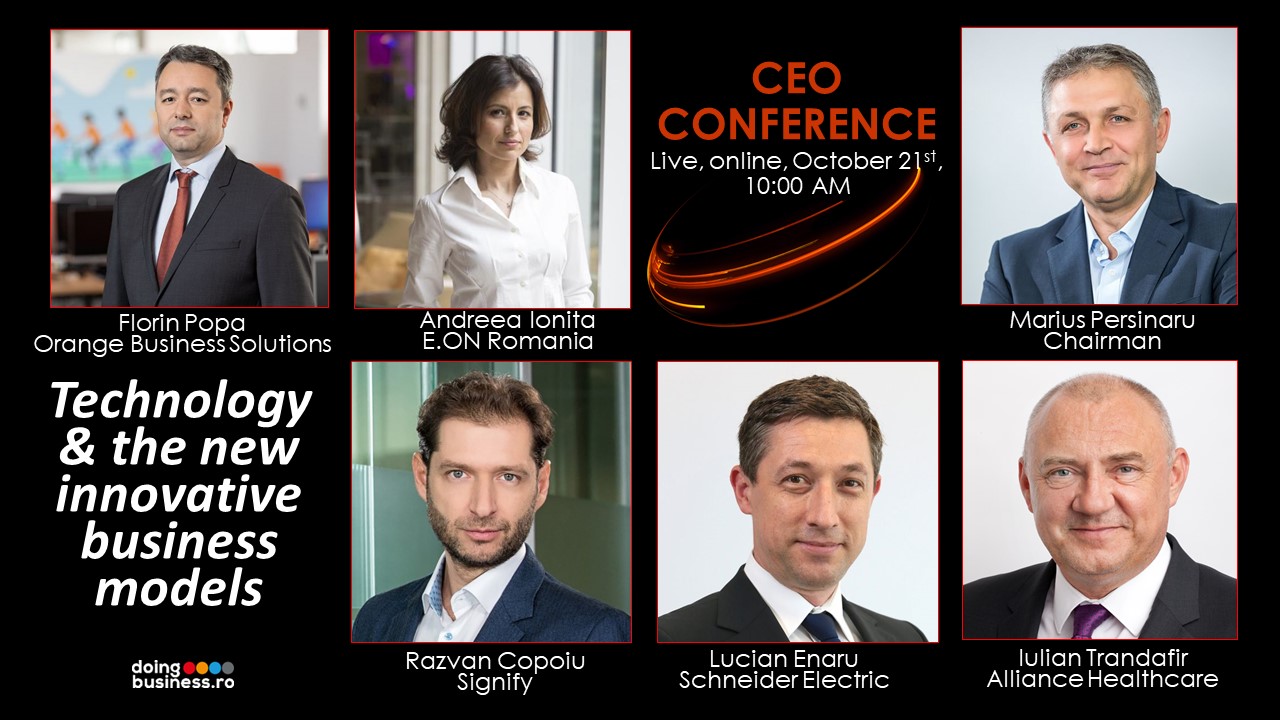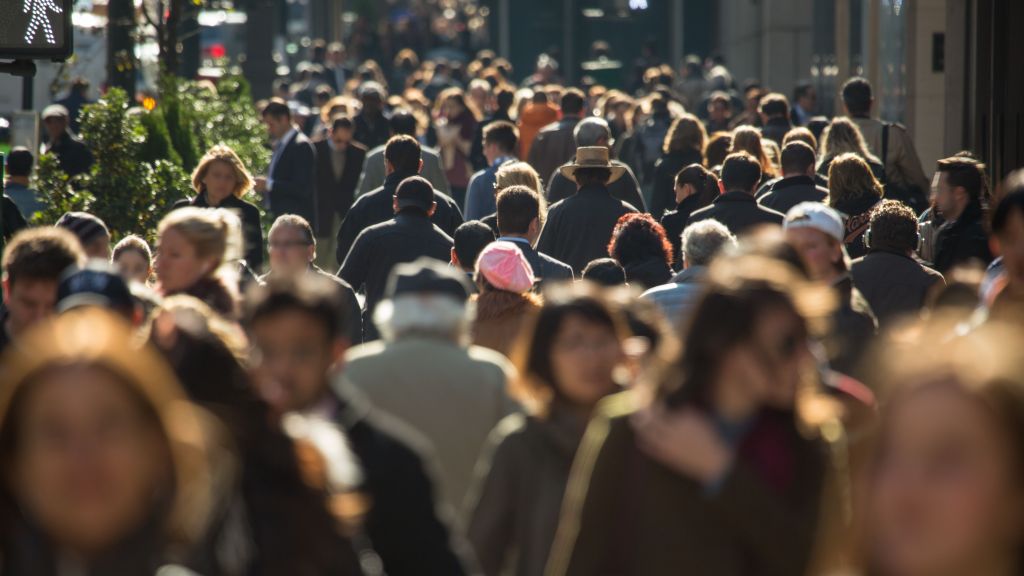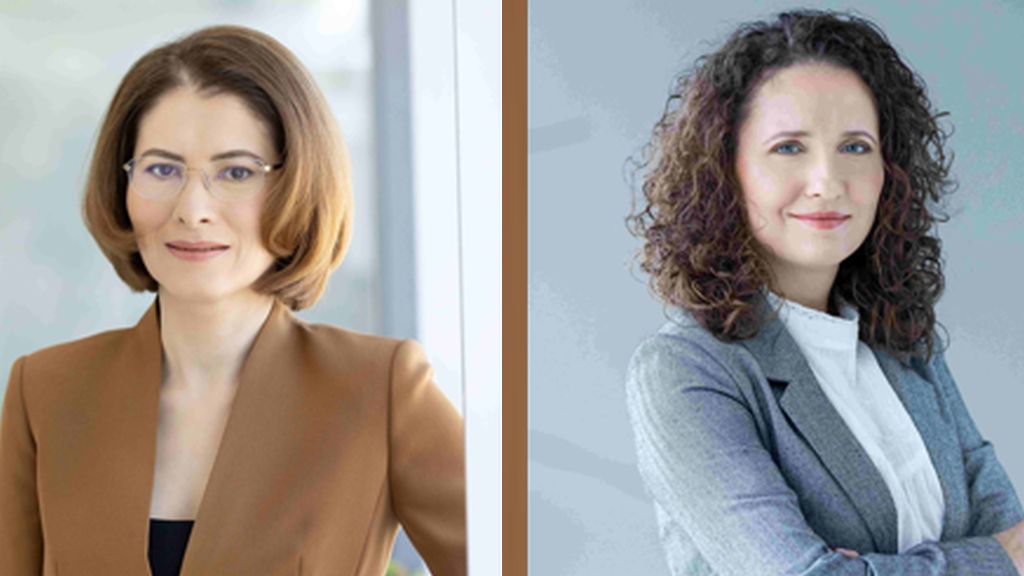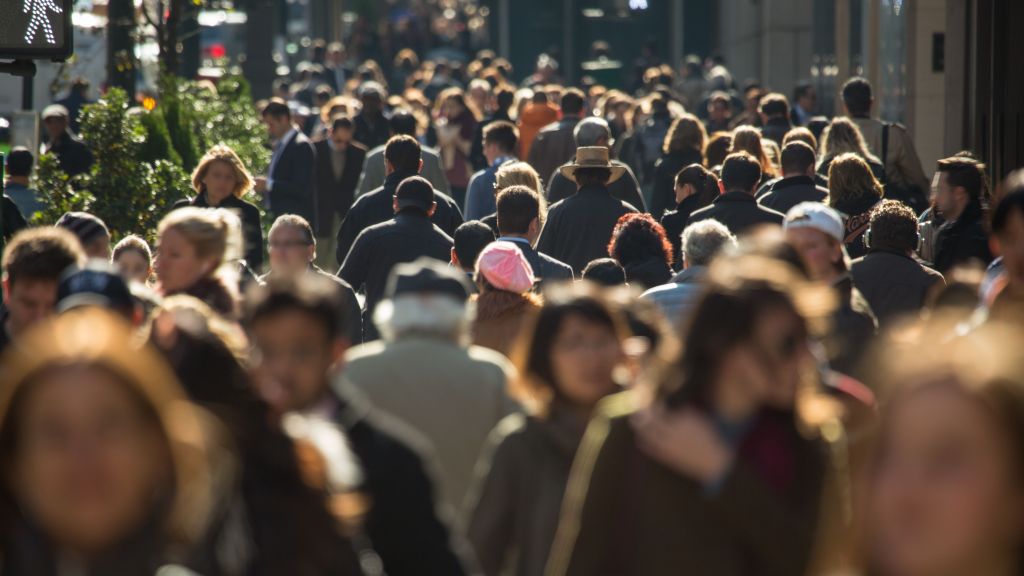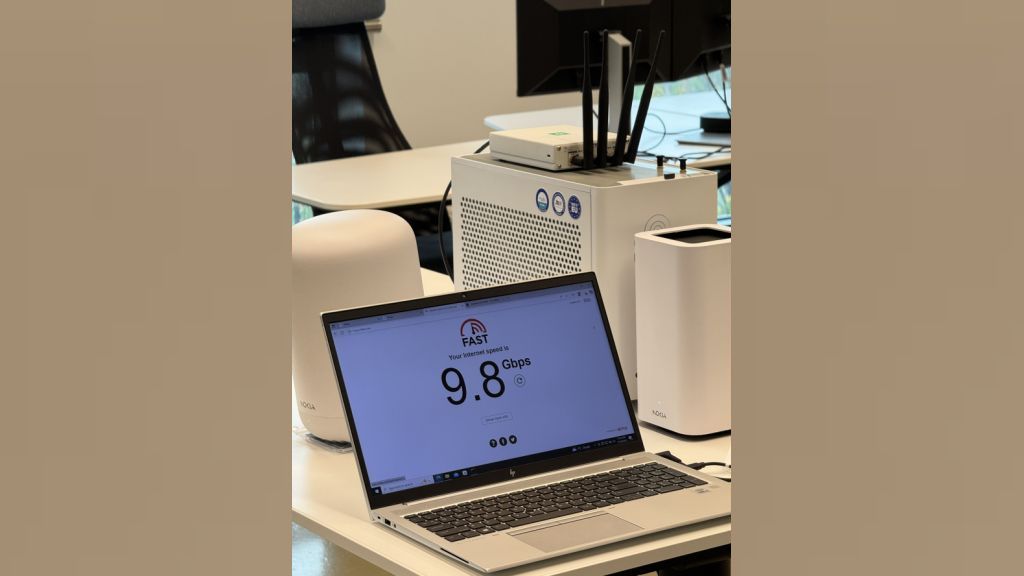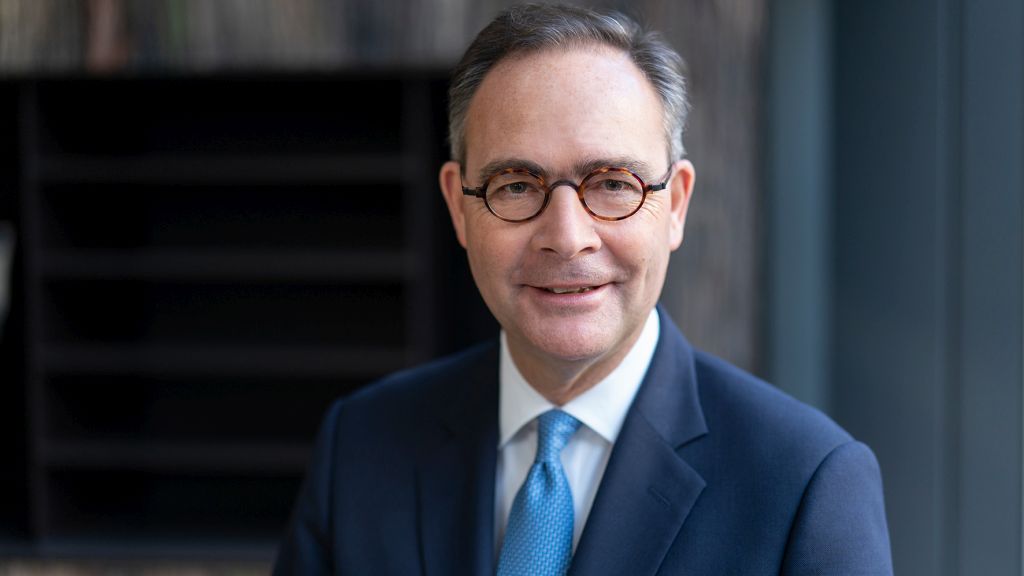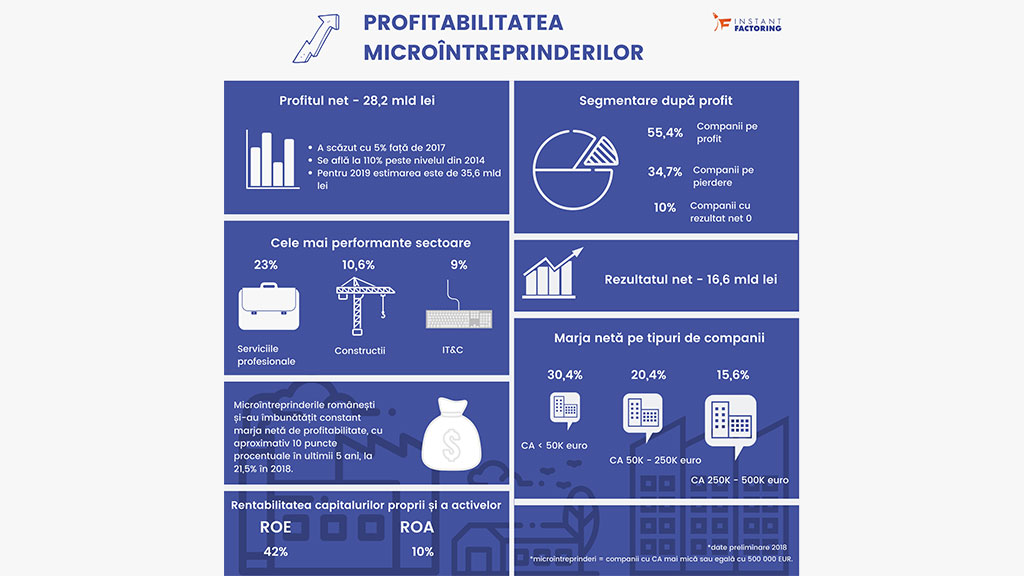One of key leading indicators is the average stock of modern retail space/capita. In 2012 in Romania there were ~84 sqm. of modern retail space/1000 inhabitants, a number which is 4 times less than the average modern retail space existing in countries like Poland, Hungary, Czech Republic, Austria and Germany.
In terms of priorities for expansion we can observe different tactics that are implemented:
(1) Expansion through a franchise system(i.e. Shop&Go). A very attractive model because requires less financial resources and reduced involvement in operational management of the stores. Key challenge is finding the right people to manage stores and continuous training & development
(2) Partnerships between international retail chains and local entrepreneurs(i.e. Carrefour and Angst, “La doi pasi” model used by Metro). Even if the overall concept is very attractive, this model requires several rounds of fine tuning until the right value equation is found for all partners involved in the process.
(3) Acquisition of local/regional players(i.e. Profi is buying local supermarket chains). This could prove one of the most profitable ways for expansion because many local entrepreneurs would rather sell their business than going into insolvency and because retailer invests in a customer base that already exists. Of course it also requires that the due diligence process (commercial, financial and legal) is correctly made.
Many of the retailers are taking steps in the right directions at this point so it is quite difficult to differentiate. Some of the big names worth mentioning are Mega Image which continues to grow the network of stores (205 in March 2013 vs 193 at end 2012) and gain market share. In this case the main challenge I see lies in the area of in-store service and execution. When expanding at at very fast speed the pressure for recruiting every day new people is very high, so there is a natural reaction to compromise between the number of people needed and their quality and experience. Moreover, the trainers need to talk with more people each day so the quality of training might be affected. It remains to be seen how this situation will evolve.
Profi is also expanding very fast through acquisitions and new store openings, lately moving also towards convenience formats. This is consolidating its position on the market, but also in this case there are still opportunities for improvements especially in the areas of private label strategies, in-store category management etc.
Currently the highest pressure is on independent local and regional retailers that need to fight not only with international retailers, but also with reduced consumption and lack of financial resources. I believe we will continue to see small retailers going out of business during the next period.
Modern retail - Taking a fair share
It is very difficult to make accurate predictions regarding numbers in this field, but we can anticipate some of the key trends. We believe that number of new modern retail stores opened could be similar to the ones opened in 2011, bringing the total number towards the 1,300 figure. Also in terms of value we estimate to have a growth in 2013, but most probably will be a low single digit number. Modern retail should take more than fair share from this growth reaching a value share of ~52% by the end of this year.
Over the last years, the real estate market has known a substantial price decrease considering the worldwide and local crisis. Real estate investors have never closed their projects created in Romania, but they are waiting for the right moment to return. From the retail perspective, things look better, because, retailers have taken advantage on the real-estate price decrease, the surfaces for new stores being bought or lend with a smaller price.
Several major opportunities and downsizes for retail in Romania at this time in European and worldwide context
- Modern retail development – expansion strategies
- Consolidation of former investments in stores, services and products
- New retail entries of operators on the Romanian market
- Infrastructure continues to be a major negative factor that affects geographical development of retail
- The decrease of consumption power
- Sales strategies anchored around price and too little around value adding services for consumers
Meeting the modern consumer
Today’s consumer is feeling an increasingly pressed by time, has less free moments to go to the store, he wants all to happen as fast as possible. This is why he is more and more attracted by more convenient ways of shopping. He is also much better informed having easy access to several tools: internet sites (laptops, smartphones etc.), social media and the classical TV and word of mouth. Before taking a buying decision, the consumer researches and analyses his options, he asks his friends, he goes directly to the retailer and looks for the information he needs.
Some of the most important elements that will impact the buying decision in the future are convenience and value adding services. These two point need to be tackled by retailers both in offline and in online. As the penetration of online commerce will increase, strong online strategies and platforms will have to be developed in order to attract and maintain customers.








